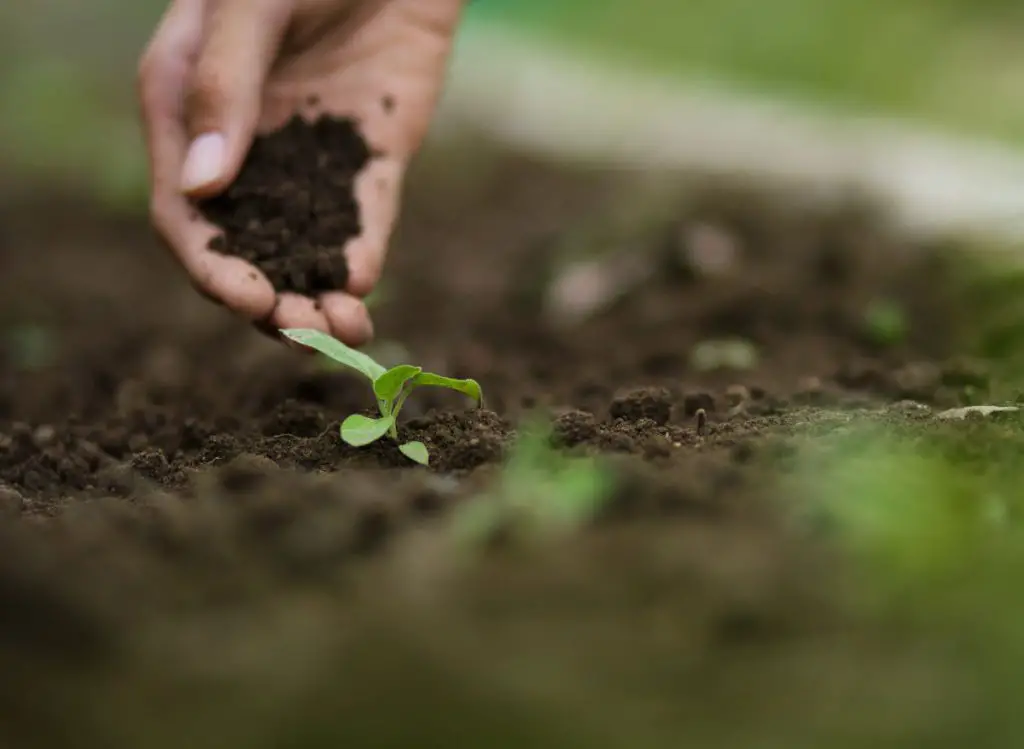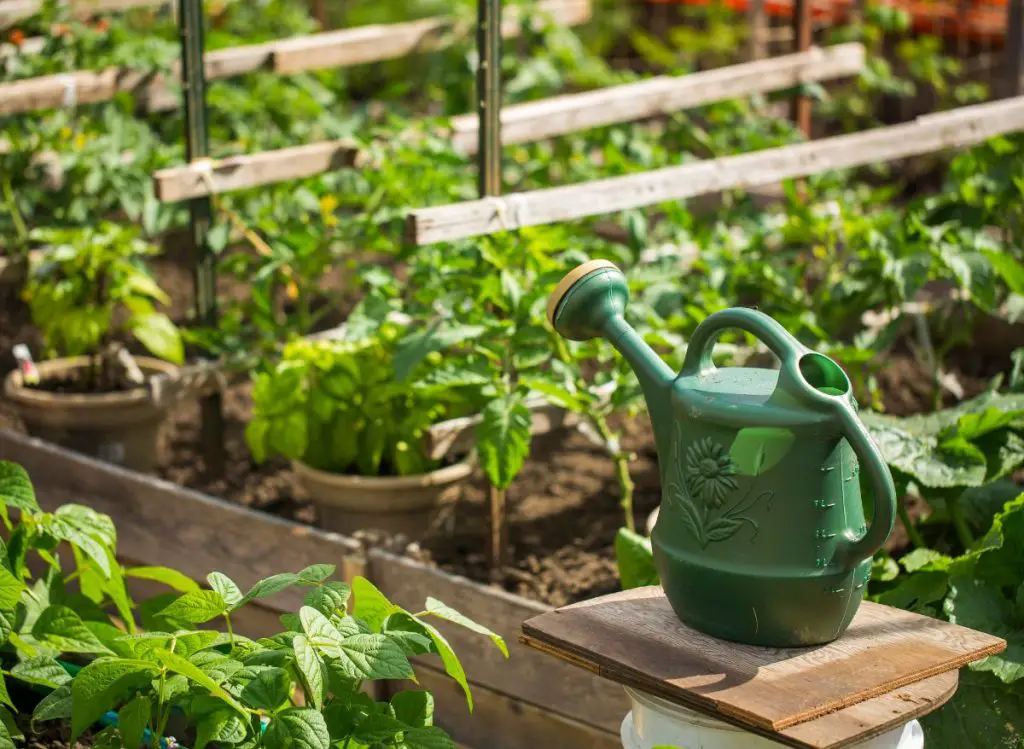This post contains affiliate links.

If you are into gardening, you have probably come across Miracle-Gro. Miracle-Gro is a popular brand of fertilizer that promises to help your plants grow faster and produce more bountifully.
As one of the most popular and recognizable brands in the gardening industry, you may wonder whether Miracle-Gro is good for your vegetable garden. After all, we all want the best for your veggie patch.
So, Is Miracle-Gro good for vegetables? Made with natural ingredients, Miracle-Gro, mainly Miracle-Gro® Water Soluble Plant Food Vegetables and Herbs, is excellent for vegetables, including tomatoes, carrots, squash, peppers, cucumber, basil, and other type of herbs and vegetables.
In this blog, I will look at what Miracle-Gro is, how it works, and whether it is good for vegetable gardens.
What is Miracle-Gro?
Miracle-Gro is a synthetic plant food primarily made up of nitrogen, phosphorus, and potassium, the essential elements plants need to grow. It also contains additional micronutrients such as iron, magnesium, and copper.
In other words, Miracle-Gro is a water-soluble fertilizer that is recognized for its fast-acting and easy-to-use formula. It contains a combination of macronutrients and micronutrients that plants need for healthy growth.
In addition, Miracle-Gro includes other additives like wetting agents, dyes, and anti-caking agents, which make it easier to apply and store.
How Does Miracle-Gro Help Plants Grow?
Miracle-Gro works by providing plants with the essential nutrients they need to grow. The macronutrients in Miracle-Gro are nitrogen, phosphorus, and potassium, which are crucial for plant growth.
- Nitrogen helps plants develop healthy leaves and stems.
- While phosphorus promotes root growth and flower formation.
- Potassium is essential for disease resistance and overall plant health.
In addition, Miracle-Gro can be an excellent choice for vegetable gardens since its fast-acting formula and essential nutrients can help your plants grow bigger and healthier as long as you use it correctly.

Is Miracle-Gro Good for Vegetable Gardens?
Miracle-Gro can be a useful tool for vegetable gardens because its blend of nutrients can help vegetables grow bigger, faster, and healthier. However, some gardeners (including me) believe that Miracle-Gro is too synthetic and doesn’t align with their organic gardening principles. It’s up to you to decide whether the benefits are worth the perceived drawbacks.
Whether Miracle-Gro is good for your vegetables will be dependent on a few factors. For example, if your soil is already rich in these nutrients, adding Miracle-Gro might over-fertilize your vegetables, which will lead to imbalances and even damage to the plant’s roots.
However, if your soil is lacking in nutrients, then I believe that Miracle-Gro can indeed help your vegetables thrive.
How to Use Miracle-Gro in Vegetable Gardens
If you decide to use Miracle-Gro in vegetable gardens, then it is essential to learn when and how to apply Miracle-Gro to your vegetable garden properly. I suggest you only fertilize your vegetables when they are actively growing, which typically happens during the middle of the growing season.
I believe that it is also best to fertilize in the morning or late afternoon on a cool, calm day to reduce the risk of burning your plants due to intense heat. I encourage you to follow the instructions on the packaging carefully and never apply too much fertilizer to avoid over-fertilization.
If you want to use Miracle-Gro in your vegetable garden, here are some tips to keep in mind:
- Use it according to the instructions on the package.
- Water your plants before applying Miracle-Gro to avoid burning their roots.
- Apply Miracle-Gro in the morning or evening, when temperatures are cooler, to avoid evaporation and maximize absorption.
- Don’t overuse Miracle-Gro, as too much fertilizer can cause your vegetables to produce more foliage than fruit.
Keep in mind that Miracle-Gro provides different formulas of plant food for specific types of vegetables, such as tomatoes or peppers. These formulas are formulated with the exact ratios of nutrients to encourage healthy growth and abundant yields.
Whenever possible, I encourage you to use organic fertilizers such as compost, manure, or fish emulsion, which can be a healthier and more sustainable option for your vegetables.

Potential Disadvantages of Using Miracle-Gro
Before opting for Miracle-Gro, it is essential to understand the potential disadvantages of using Miracle-Gro. One of the main concerns is its impact on the environment. Synthetic fertilizers contain chemicals that can pollute the water supply and harm wildlife.
In addition, generally, overuse of fertilizers can lead to plant diseases and pests, which can harm your vegetables’ growth and yield. Thus, I recommend you use Miracle-Gro sparingly and apply it only when your plants need it.
What to read next:
- Pros and Cons of Miracle Grow (And everything you must know!)
- 10 Miracle Gro Alternatives To Check Out!
- Are Fertilizer And Plant Food The Same: Here’s The Truth!
Wrapping Up
Miracle-Gro can be a useful tool in growing a thriving vegetable garden because it provides a quick and easy solution to providing the necessary nutrients for your vegetables.
But, I believe that it is essential to use it correctly and in moderation to avoid potential issues and harmful impacts on the environment.
I recommend using organic fertilizers is always the best choice for your vegetables and the environment. However, if you choose to use Miracle-Gro, I recommend you follow the instructions carefully and make sure that your soil indeed needs the additional nutrients.

